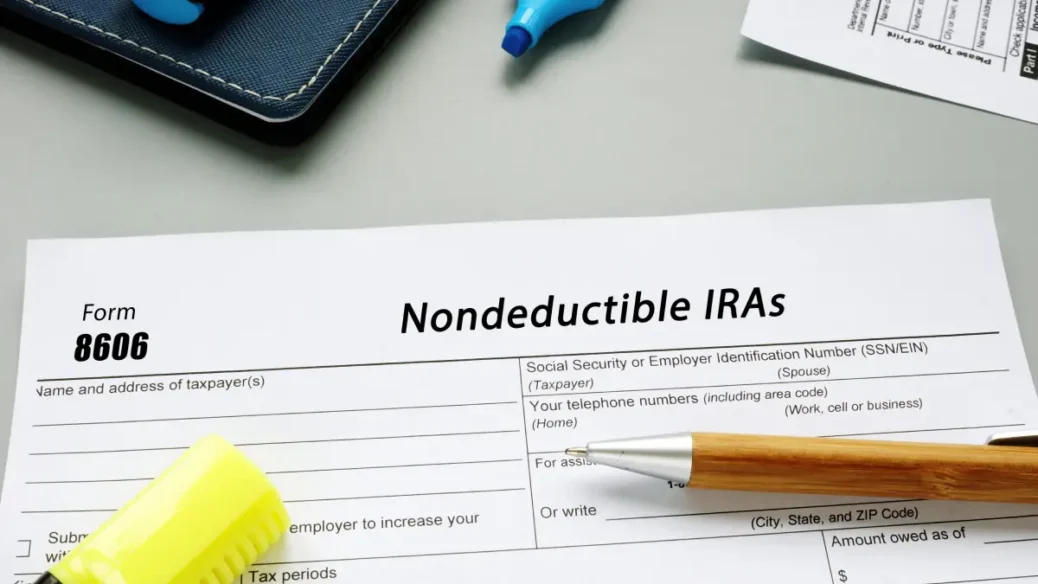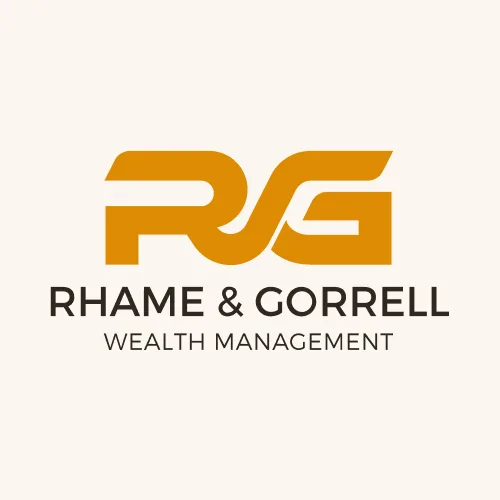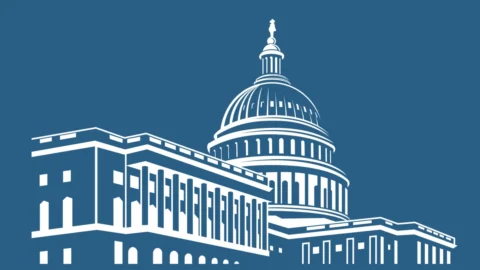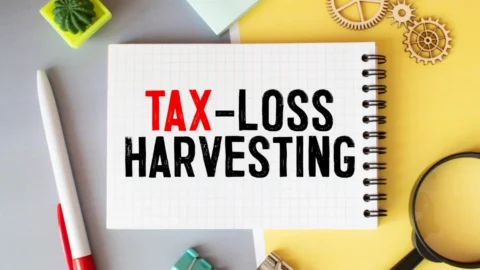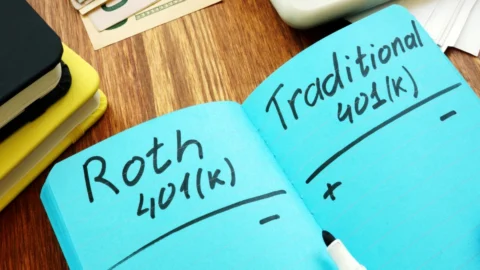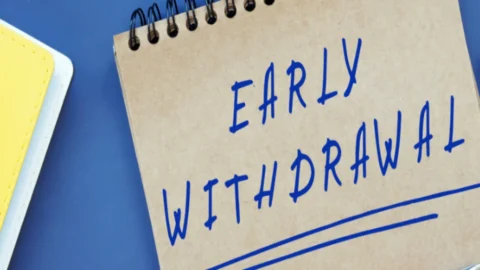Form 8606 and Roth Conversions
Form 8606 and How It Relates To Roth Conversions
What is it and why is it Important
One of the most beneficial financial planning strategies is using Backdoor Roth Conversions. This strategy allows anyone, regardless of income level, to get the IRS maximum IRA contribution limit into a Roth IRA account where it can grow tax-free. As part of this strategy, you must remember to file Form 8606 with your tax return. A backdoor Roth conversion works when a non-deductible IRA contribution is made to a Traditional IRA account (In 2022, $6,000 max per person, $7,000 if you are over 50). Before the funds are invested and have time to grow, you roll the money into a Roth IRA, where the money can grow and be withdrawn tax-free. No formal documentation needs to be filled out when you do a backdoor Roth conversion, but you must remember to file Form 8606 with your tax return.
Form 8606 is titled “Nondeductible IRAs.” Its purpose is to let the IRS know and keep track of your nondeductible IRA contributions. This is because Traditional IRA accounts usually only hold pre-tax “deductible” contributions in them. Once you make an after-tax “nondeductible” contribution to an IRA, there is the possibility that these funds are in an IRA account with the pre-tax amounts and need to be tracked separately. This could also mean that the IRA is subject to the pro-rata rule. This rule comes into play when there have already been deductible contributions to an IRA account. For more information on the pro-rata rule, please see our article here. It is essential to coordinate with your financial advisor and CPA when trying to perform backdoor Roth conversions to ensure that Form 8606 is correctly filled out.
Need Some Help?
If you’d like some help from one of our CPAs or CERTIFIED FINANCIAL PLANNER (CFP®) advisors regarding this strategy and how it applies to you, the Rhame & Gorrell Wealth Management team is here to help.
Our experienced Wealth Managers facilitate our entire suite of services including financial planning, investment management, tax optimization, estate planning, and more to our valued clients.
Feel free to contact us at (832) 789-1100, [email protected], or click the button below to schedule your complimentary consultation today.
IMPORTANT DISCLOSURES:
Corporate benefits may change at any point in time. Be sure to consult with human resources and review Summary Plan Description(s) before implementing any strategy discussed herein.Rhame & Gorrell Wealth Management, LLC (“RGWM”) is an SEC registered investment adviser with its principal place of business in the State of Texas. Registration as an investment adviser is not an endorsement by securities regulators and does not imply that RGWM has attained a certain level of skill, training, or ability. This material has been prepared for informational purposes only, and is not intended to provide, and should not be relied on for, tax, legal or accounting advice. You should consult your own CPA or tax professional before engaging in any transaction. The effectiveness of any of the strategies described will depend on your individual situation and should not be construed as personalized investment advice. Past performance may not be indicative of future results and does not guarantee future positive returns.
For additional information about RGWM, including fees and services, send for our Firm Disclosure Brochures as set forth on Form ADV Part 2A and Part 3 by contacting the Firm directly. You can also access our Firm Brochures at www.adviserinfo.sec.gov. Please read the disclosure brochures carefully before you invest or send money.
